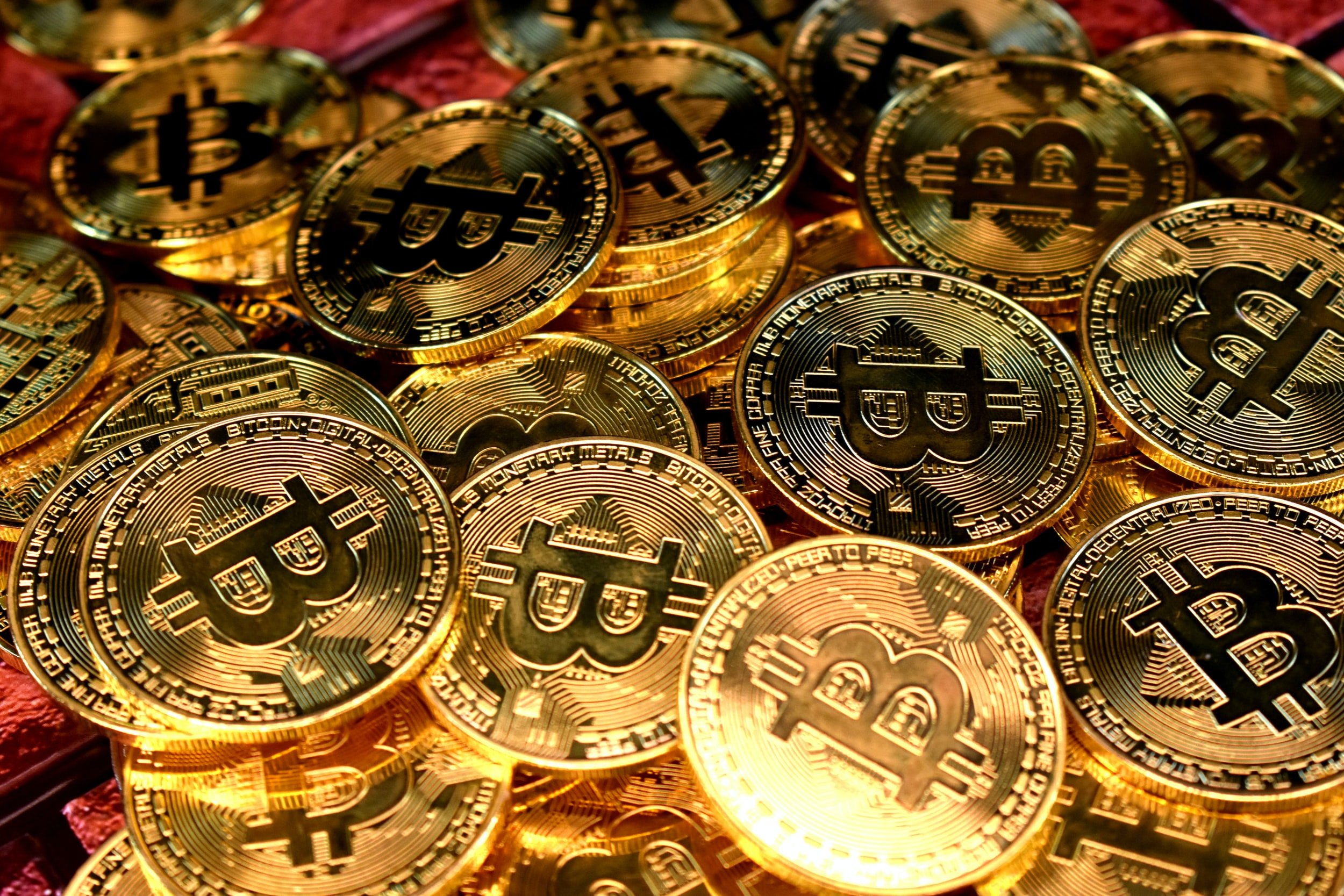Three reasons crypto and DeFi are well suited to help address the Unbanked crisis
According to the latest report from the World Bank, there are nearly 1.7 billion people around the world that are unbanked. Being unbanked, in essence, means that one does not have access to or use banks or traditional financial services. Individuals who are unbanked typically live in extremely poor and rural regions, lack basic financial and telecommunications infrastructure, and lack necessary identification to open a bank account.
One study conducted in 2021, ranked the following ten countries as having the highest percentage of adults who are unbanked.
|
Country |
% Unbanked |
|
Morocco |
71 |
|
Vietnam |
69 |
|
Egypt |
67 |
|
Philippines |
66 |
|
Mexico |
63 |
|
Nigeria |
60 |
|
Peru |
57 |
|
Colombia |
54 |
|
Indonesia |
51 |
|
Argentina |
51 |
Being unbanked can put individuals and communities at a disadvantage, as it may prevent them from fully engaging with the economy, being able to take out a loan or purchase a house, or being unable to get insurance, among many other challenges.
Cryptocurrency, and more specifically, Decentralized Finance (or DeFi), has been put forward as a potential remedy to this challenge. DeFi, in short, is a catch-all term for decentralized, blockchain-based services that enable basic financial transactions, such as the earning of interest, borrowing of money, storing of cash, and purchasing of insurance. In this blog post, I will highlight three reasons, among many, that DeFi and crypto are well suited to help overcome the crisis of the Unbanked.
Reason # 1: Countries with large Unbanked populations are already embracing cryptocurrency
One interesting finding, is that many of the countries that have a high percentage of unbanked individuals, are among the leaders in crypto adoption. To help highlight this point, one must look no further than Chainalysis’ 2021 Global Crypto Adoption and Global DeFi adoption indices. But first, what are these?
Global Crypto Adoption Index
As per Chainalysis (2021), “the goal of our index is to provide an objective measure of which countries have the highest levels of cryptocurrency adoption…While the professional and institutional markets are crucial, we want to highlight the countries with the greatest cryptocurrency adoption by ordinary people and focus on use cases related to transactions and individual saving, rather than trading and speculation.” The index is based on three component metrics:
On-chain cryptocurrency value received, weighted by purchasing power parity (PPP) per capita
On-chain retail value received, weighted by PPP per capita
Peer-to-peer (P2P) exchange trade volume, weighted by PPP per capita and number of internet users
Global DeFi Adoption Index
As per Chainalysis, “the DeFi Adoption Index is designed to highlight countries with the highest grassroots adoption by individuals, rather than those sending the largest raw values of funds.” This index is based on three component metrics:
On-chain cryptocurrency value received by DeFi platforms weighted by PPP per capita
Total retail value received by DeFi platforms
Individual deposits to DeFi platforms weighted by PPP per capita
So where do the top ten unbanked countries rank on the Global Crypto and DeFi adoption indices?
Unbanked vs. Crypto Adoption
|
Country |
Ranking - % of Unbanked |
Crypto Adoption Index Ranking |
DeFi Adoption Index Ranking |
|
Morocco |
1 |
24 |
73 |
|
Vietnam |
2 |
1 |
2 |
|
Egypt |
3 |
59 |
97 |
|
Philippines |
4 |
15 |
22 |
|
Mexico |
5 |
44 |
44 |
|
Nigeria |
6 |
6 |
34 |
|
Peru |
7 |
22 |
76 |
|
Colombia |
8 |
11 |
31 |
|
Indonesia |
9 |
25 |
27 |
|
Argentina |
10 |
10 |
16 |
|
Average |
21.7 |
42.2 |
As you can see, the top ten unbanked countries generally ranked high on the Crypto Adoption Index, with an average position of 21.7 on the 157-country index, putting them approximately in the 85th percentile on average. Of the top ten unbanked countries, eight of them ranked in the top twenty-five for crypto adoption
When we look at the DeFi adoption index, the average ranking isn’t quite as high, but still is an impressive 42.2 on the 144-country index, putting them approximately in the 70th percentile on average.
Despite having a lower ranking on the DeFi adoption index, these numbers are still impressive, and demonstrate that the top ten unbanked countries are ahead of the game on crypto adoption. This is a good sign when it comes to addressing the crisis of the Unbanked. If the population is already on board with cryptocurrency and comfortable with the technology, then it will make it all the more easy to implement DeFi initiatives that benefit the Unbanked.
Reason # 2: Cryptocurrency can be a more accessible alternative to financial services
One of the biggest selling points for DeFi in helping those who are Unbanked, is that it can be a much more cost-effective alternative and can be easier to access as there aren’t the same identification requirements as there are for opening a bank account.
As highlighted above, many of those who are Unbanked lack the basic identification needed to open a bank account as per the KYC requirements of banks. This can be a huge barrier for some, as it can be challenging to obtain identification, especially for refugees and displaced populations.
Beyond identification, DeFi services can also be much more financially accessible for unbanked populations. There are no minimum deposit limits for individuals accessing DeFi services, and generally, the fees are much more affordable to low-income populations.
One example that demonstrates the potential of DeFi to reduce the costs of financial services can be found in Etherisc. Etherisc provides low-cost crop insurance to smallholder farmers in developing countries who have traditionally lacked access to this essential tool. Crop insurance, or agricultural insurance helps protect farmers by insuring them against losses due to environmental causes. Despite the value of agricultural insurance as a risk management tool, only 3% of smallholder farmers in Sub-Saharan Africa use it.
Simply put, the blockchain, which is built on the Ethereum network, uses smart contracts to automatically make insurance payouts during extreme weather events that are tied in to the blockchain via Chainlink’s oracle network. The end result is a fair, transparent, and tamper proof process, where payouts are made in a timely manner.
In addition to the obvious benefits that come with an objective, tamper-proof payout system, this project could also save farmers a substantial amount of money in insurance premiums. In fact, one study found that the use of this technology will reduce the costs required to issue a policy by a massive 41%, bringing down premium costs for the farmers. The end result is insurance premiums in small installments as low as 50 cents, ensuring access to those who previously couldn’t afford insurance.
Another example demonstrating the cost effectiveness of DeFi services, can be found in Leaf Global Fintech. Leaf Global Fintech hopes to address the lack of services available for refugees to safely hold and transport money, by providing an easily accessible virtual banking system usable by individuals regardless of where they are.
Leaf is accessible to anyone with a basic phone and allows you to store money and send it to friends and family safely and without banking fees, while allowing users to cash in and out using mobile money. It also enables individuals to send money in one currency, and to be received in another. This is key, as family and friends may be separated when fleeing and could end up in different countries using different currencies
These are just two examples that demonstrate how cutting out the middleman, in these cases the insurance company and the bank, can bring down costs substantially, making these services more accessible to those who don’t have the financial resources to access legacy banking services.
Reason # 3: DeFi services can be built on legacy technology
There is no doubt that blockchain is a highly complex, technological innovation. However, just because it is complex, doesn’t mean that it can’t be accessible, and one of blockchain’s greatest attributes is that it is highly adaptable and can work alongside a variety of new and old technologies.
One way that blockchain-based projects have been made accessible to Unbanked populations, is by designing them to work with a decade’s old mobile technology called USSD.
USSD, or Unstructured Supplementary Service Data, is “a session-based text communication protocol available on every GSM-enabled mobile device”. Most telecom services make use of USSD today, which allows for the exchange of messages between the mobile phone and an application that lives on the network, meaning that users don’t have to install an app to make use of this service. An example of a time when you may have used USSD is when you “top up” your mobile balance or send a message to check the balance of your phone.
One of the benefits of USSD, is that it does not require a smart phone or an internet connection, and can operate on a basic mobile phone with a connection to a mobile network. This makes it the primary mobile interface in the developing world, with 2.4 billion people worldwide still using basic phones. This can place them at a disadvantage as the majority of mobile financial applications require a modern smartphone with an internet connection.
By providing financial services to those who lack the means to acquire an expensive smartphone and data connection, it can help billions of people gain access to essential financial instruments that they had previously been unable to access. Here are examples of two projects that are using USSD technology today to deliver DeFi services to unbanked and marginalized communities.
Kotani Pay, a start up based out of Kenya, provides an accessible, blockchain-based platform which allows unbanked populations in developing countries to send and receive money via blockchain technology without the need for internet connectivity, a smart phone, or a bank account.
Above, we highlighted Leaf Global Fintech as an example of an affordable DeFi project. As it turns out, Leaf also uses USSD technology for those in Rwanda, Uganda, and Kenya, allowing users with a basic phone to access their platform, send and receive money, and cash out simply by using USSD messages.
Conclusion
I have always been a firm believer that blockchain and cryptocurrency will not be the panacea for all financial inequities that exist around the world, but they can certainly help put in place systems and protocols that make it easier for unbanked populations to access essential financial services. Based on the examples highlighted above, it appears that this is already happening, to some degree. Now, the question is, will it scale? Only time will tell.
Do you think DeFi and Crypto will be essential tools in helping those that are unbanked? Tweet us at @Crypto_Altruism, we would love to hear from you!
Like what you’re reading? Consider contributing to Crypto Altruism so we can continue putting out content that shines a light on the good being done in the crypto and blockchain community



